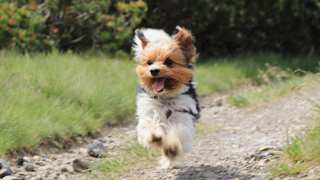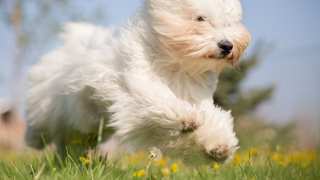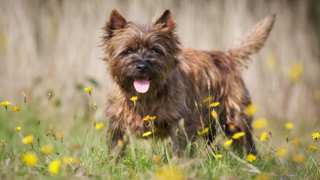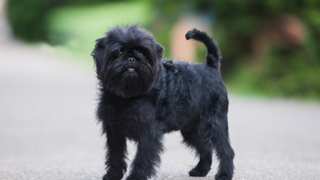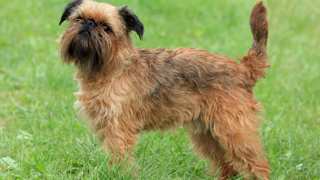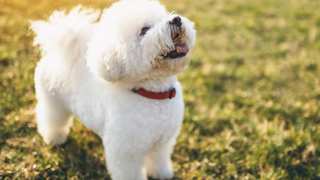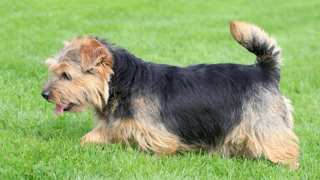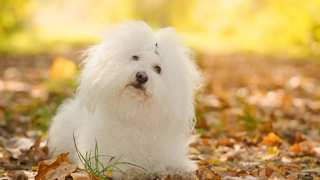Do Havanese smell bad? Overall, they usually don't, unless they're overdue for a bath! Your Havanese will need a bath at least once per month, if not more frequently--unless, of course, the dog spends a lot of time outside, where it's more likely to get dirty and stinky.
It's especially important when bathing a Havanese to use canine shampoo and conditioner. Human hair products have different pH levels, and can irritate a dog's skin. With the Havanese's silky coat, using conditioner will help the hair stay smooth and shiny. The best shampoo for Havanese dogs includes brands like Earthbath, Biosilk, and 4-Legger, all of which carry canine conditioners as well.
How to bathe a Havanese: first give the coat a good brushing to make sure it's mat-free (the mats will tighten and become very difficult to untangle if they get wet). Your Havanese might be small enough to bathe in the kitchen sink; otherwise, a bathtub (hopefully with a spray nozzle attachment) or an outdoor plastic pool using a garden hose will work. Wet the coat thoroughly, then apply a small amount of shampoo to the dog's back. Lather well, working downward and outward as you go. (And don't forget the legs, underbelly, and tail!) Clean the face, head, and ears with a washcloth, then rinse the coat completely. Repeat the process with conditioner.
Towel-dry the coat, then continue with a hair dryer on its lowest heat setting, brushing the hair out with the pin brush as you dry. Once the coat is completely dry, give the coat another quick brush-through to make it look clean and neat.

